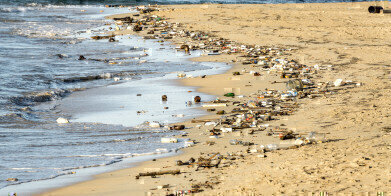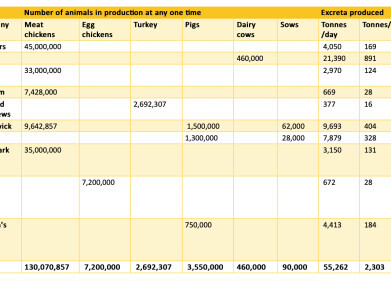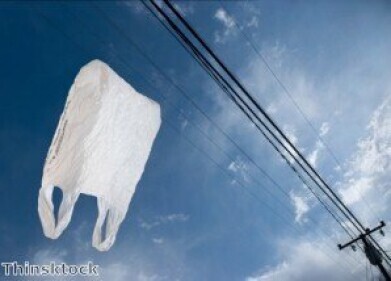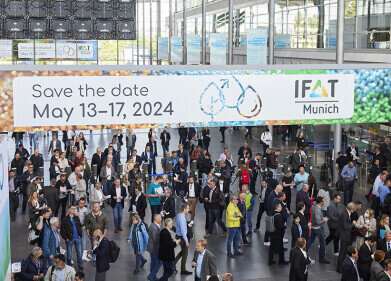Waste Management
Can We Track the Sources of Plastic Pollution?
May 20 2019
Given that there are over 5.25 trillion pieces of plastic in our oceans, it’s little wonder that plastic pollution is universally recognised as one of the biggest environmental challenges facing us today. But while the scale of the problem might be headline news on a daily basis, where the plastic is coming from receives altogether fewer column inches.
Indeed, the provenance of our plastic pollution is not only underreported; it’s also largely unknown. In a bid to address that gap in our collective knowledge, a new global initiative is working alongside 60 scientists from all over the world in an attempt to better understand how plastic finds it way into rivers and waterways, how it can easily accumulate in them before disemboguing into the sea and how we can prevent such scenarios from coming to pass.
Ambitious investigations
The 100 Plastic Rivers, led by the University of Birmingham, is engaging with 60 leading scientists from all over the globe in order to try and shed some light on the massive problem of plastic pollution. So far, they have identified four key areas of investigation:
- The development of a worldwide freshwater plastic database
- The determination of what factors affect plastic movement using outdoor flumes
- The use of the data collected in the two points above to create realistic simulation models of plastic movement in our environment
- The identification of the impact of such plastic pollution on ecosystems and food chains
The organisation’s works focuses on all forms of plastic, including the highly dangerous microplastics which, ironically, pose such a large threat because of their tiny size. Microplastics can generally take two forms: primary microplastics, such as the microbeads that are used in gels, creams and cosmetics and have been banned in both the UK and the USA; and secondary microplastics, such as fibres that are left behind when larger items break down and decompose in the environment.
Taking steps forward
100 Plastic Rivers recently completed a pilot project for the first phase of their investigation. Partnering with the Clean Seas Odyssey project, the pilot analysed samples of water and sediments collected by the public at various river estuaries across the UK. This not only allowed them to build up a picture of the kinds of polymers present in the water, but also to establish something of a protocol for sampling plastic in waterways.
Such a protocol does not yet exist and the creation of one is one of the key outcomes of the 100 Plastic Rivers movement. So far, its architects have developed a toolkit which can aid others with standard best practices for collecting and sampling river water. It is these kinds of innovative ideas (alongside other initiatives such as the unlikely combination of forensic science and artificial intelligence) which may go some way to alleviating the stress and strain of the world’s current plastic pollution crisis.
“Even if we all stopped using plastic right now, there would still be decades-, if not centuries-worth of plastics being washed down rivers and into our seas,” explains Professor Stefan Krause, project leader. “We’re getting more and more aware of the problems this is causing in our oceans, but we are now only starting to look at where these plastics are coming from, and how they’re accumulating in our river systems. We need to understand this before we can really begin to understand the scale of the risk that we’re facing.”
Events
May 05 2024 Seville, Spain
May 13 2024 Munich, Germany
May 23 2024 Beijing, China
May 23 2024 Beijing, China
Jun 10 2024 Algiers, Algeria













